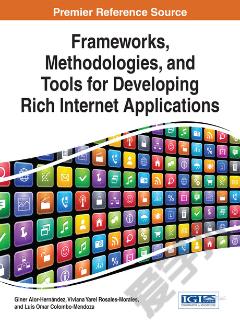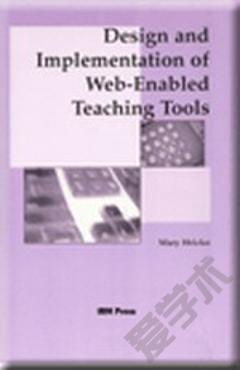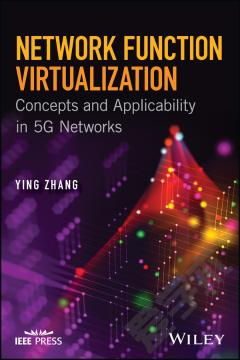Design Methodologies and Tools for 5G Network Development and Application
The demand for mobile broadband will continue to increase in upcoming years, largely driven by the need to deliver ultra-high definition video. 5G is not only evolutionary, it also provides higher bandwidth and lower latency than the current-generation technology. More importantly, 5G is revolutionary in that it is expected to enable fundamentally new applications with much more stringent requirements in latency and bandwidth. 5G should help solve the last-mile/last-kilometer problem and provide broadband access to the next billion users on earth at a much lower cost because of its use of new spectrum and its improvements in spectral efficiency. 5G wireless access networks will need to combine several innovative aspects of decentralized and centralized allocation looking to maximize performance and minimize signaling load. Research is currently conducted to understand the inspirations, requirements, and the promising technical options to boost and enrich activities in 5G. Design Methodologies and Tools for 5G Network Development and Application presents the enhancement methods of 5G communication, explores the methods for faster communication, and provides a promising alternative solution that equips designers with the capability to produce high performance, scalable, and adoptable communication protocol. This book provides complete design methodologies, supporting tools for 5G communication, and innovative works. The design and evaluation of different proposed 5G structures signal integrity, reliability, low-power techniques, application mapping, testing, and future trends. This book is ideal for researchers who are working in communication, networks, design and implementations, industry personnel, engineers, practitioners, academicians, and students who are interested in the evolution, importance, usage, and technology adoption for 5G applications.
{{comment.content}}








 京公网安备 11010802027623号
京公网安备 11010802027623号